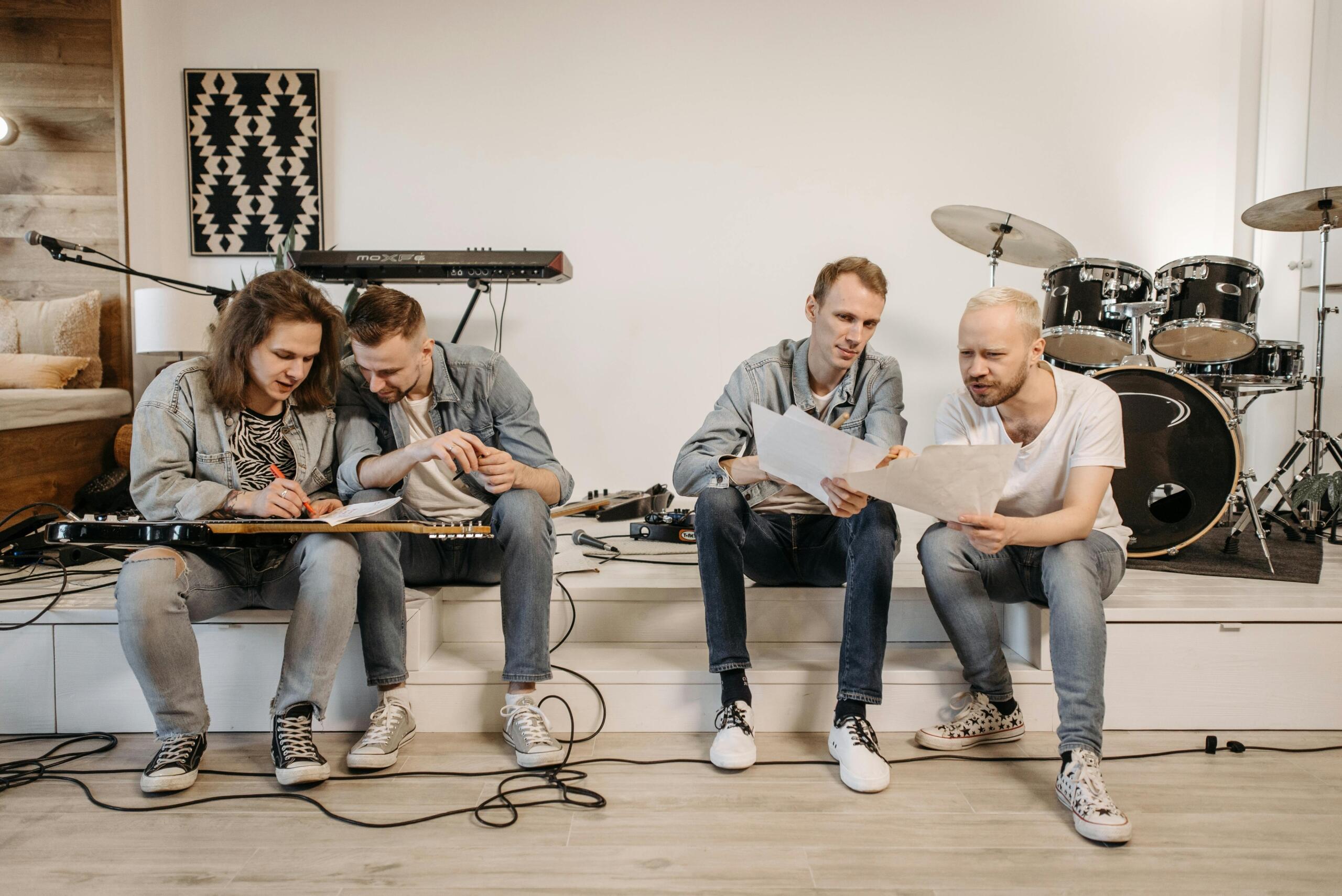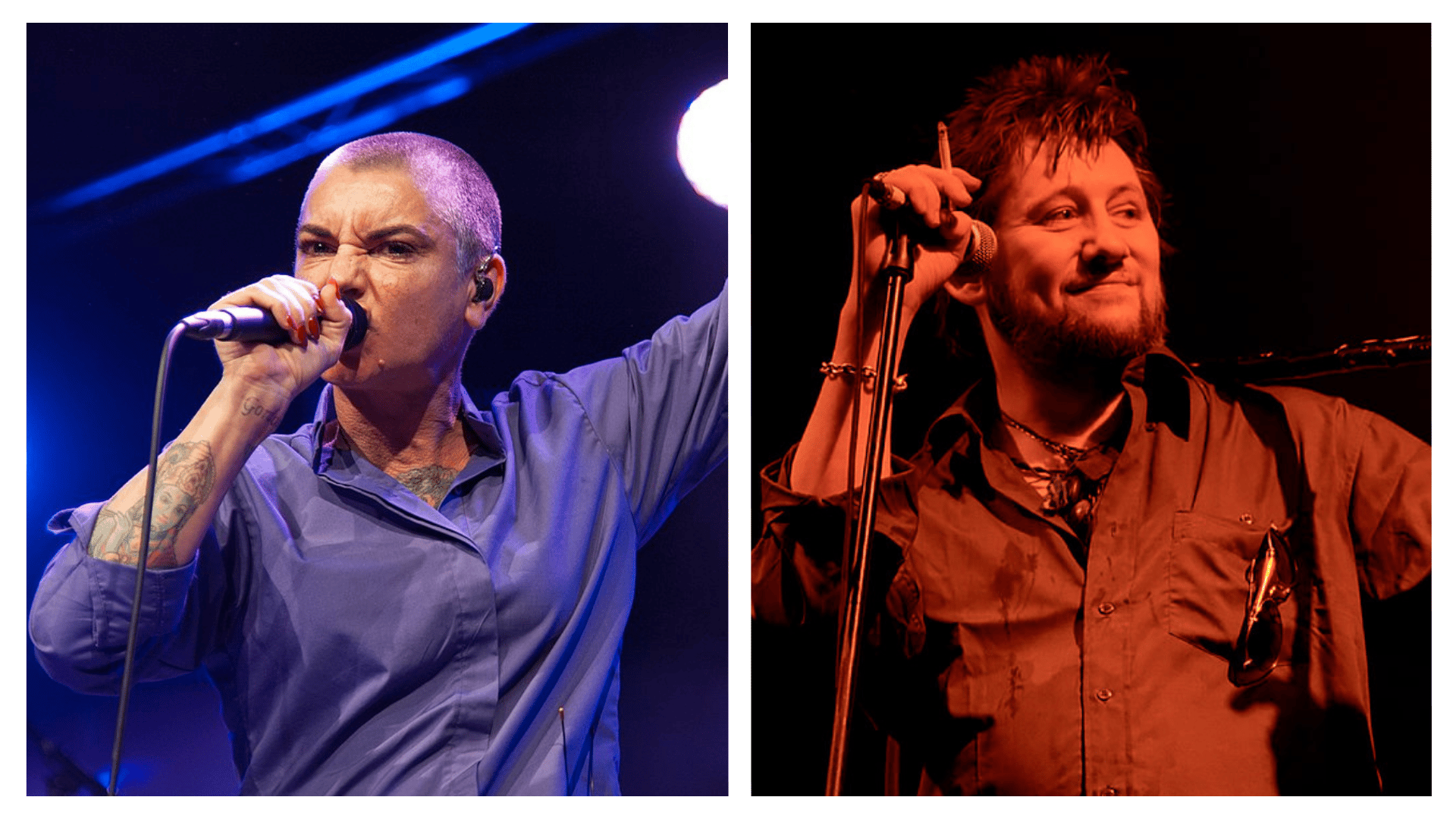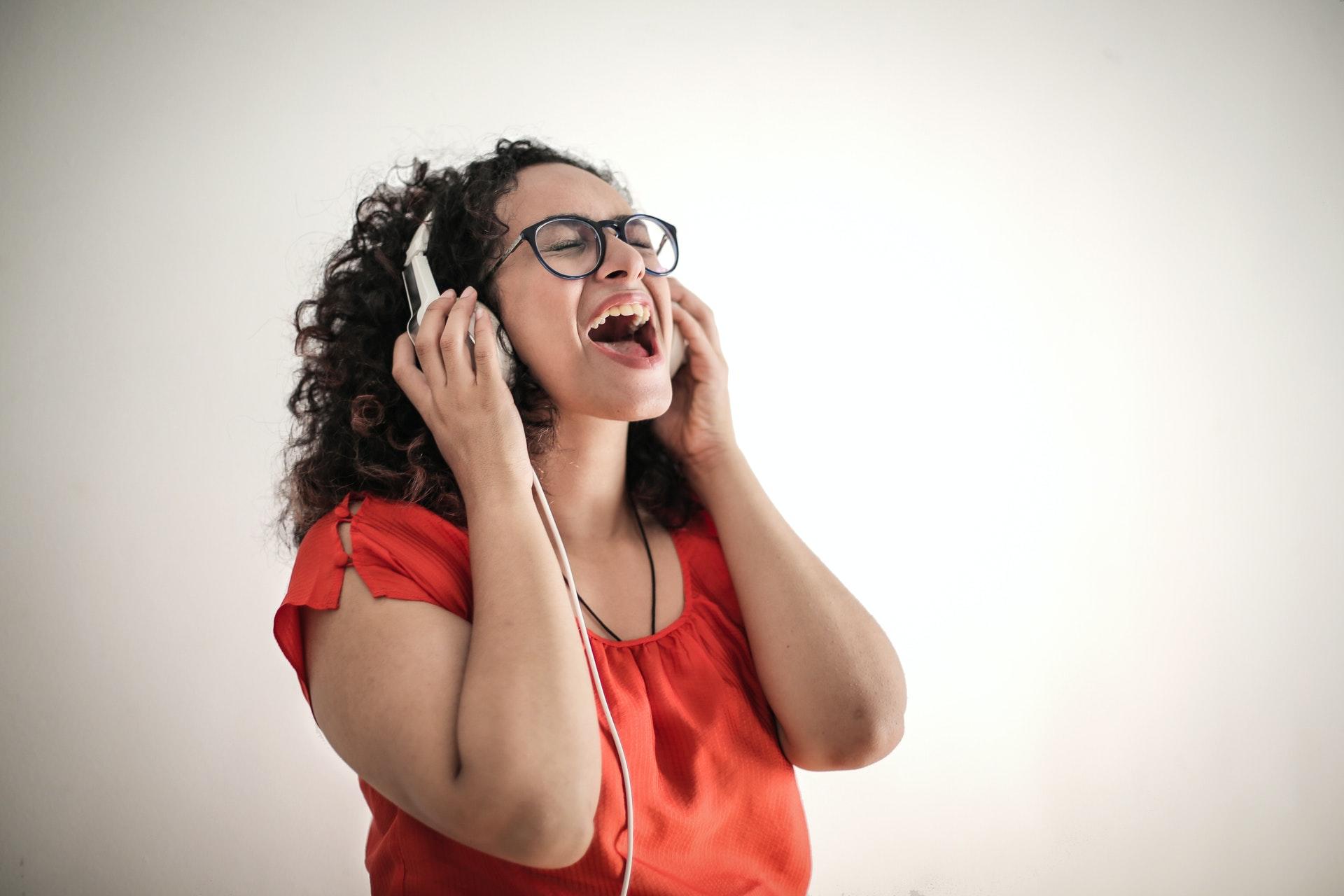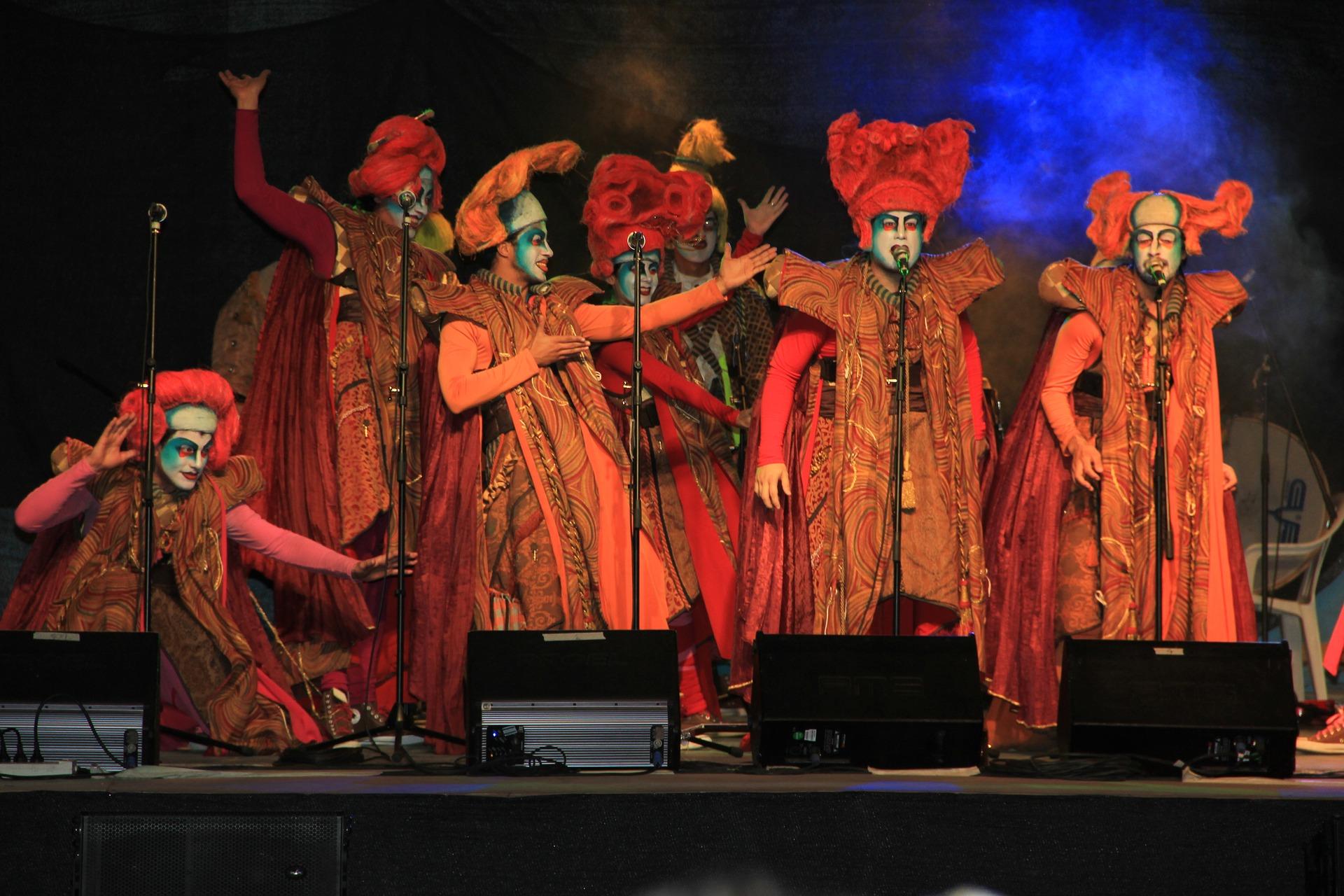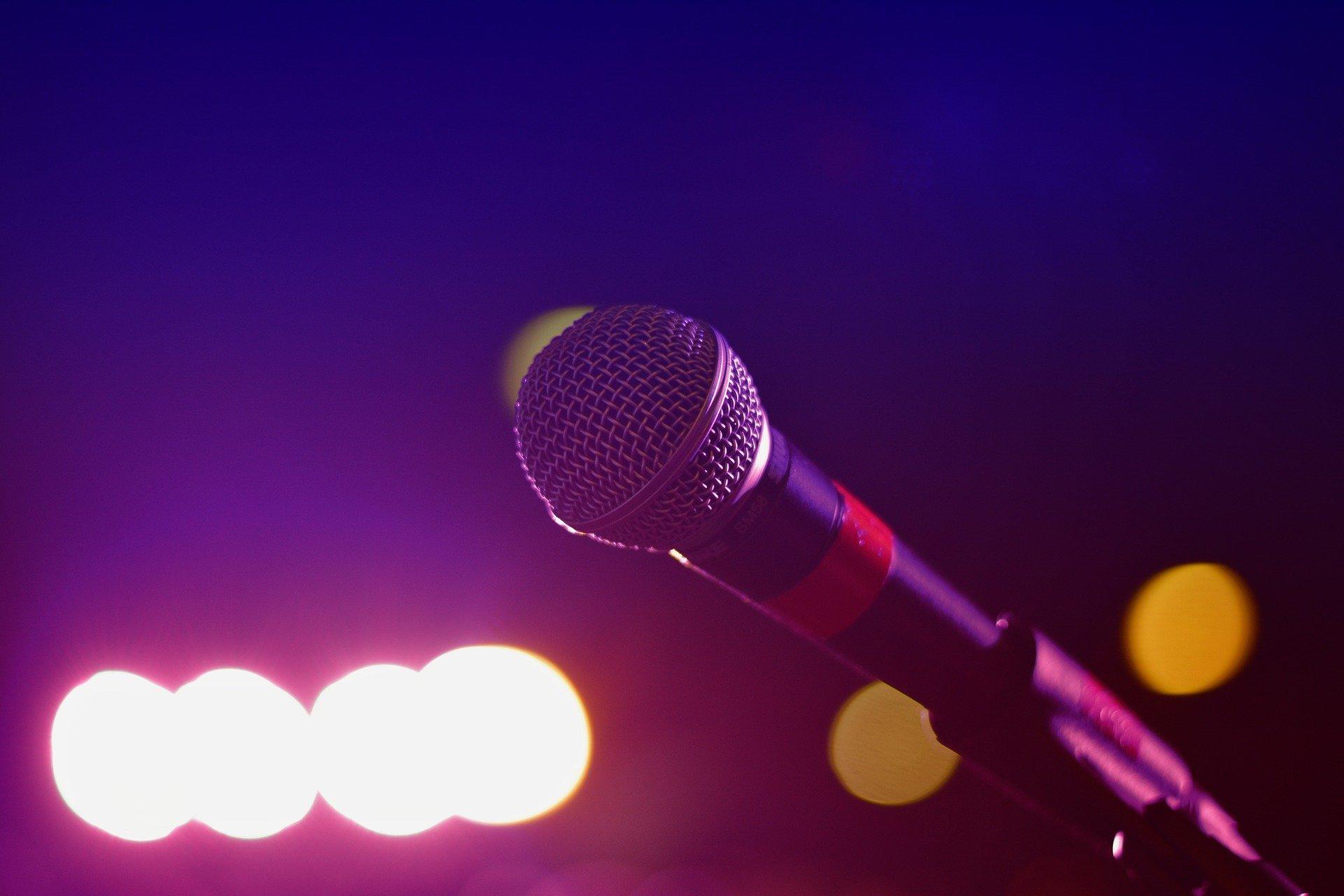Usually in our lives, we watch the stars through the media. All of us want to be stars ourselves. With a mic in your hand YOU can be a star.
Daisuke Inoue
Karaoke is one of the most popular types of entertainment in the world, but what is karaoke? Karaoke is essentially singing along to backing tracks of famous songs, with the lyrics displayed, allowing you to sing along. It originated in Japan before spreading across Asia, Europe, and beyond. It's a global pastime in pubs, bars, private rooms, and at home thanks to karaoke machines and apps. Whether you're a confident singer or looking for a fun night out with friends, karaoke is a shared experience that focuses on enjoyment, not perfection.

What Does Karaoke Mean?
Karaoke originated in Japan, and its name also comes from this country. In Japanese, kara means “empty” and okesutora means "orchestra". The latter part was shortened, and the result was karaoke, which means "empty orchestra". The emptiness is where you, the singer, can step in to perform.
Karaoke is a unique form of entertainment that allows people to step into the spotlight without professional training. Now, the word and the concept have spread far beyond Japan, and people do karaoke from Tokyo to Tuam, where they can sing their favourite songs with friends or in a bar with others.
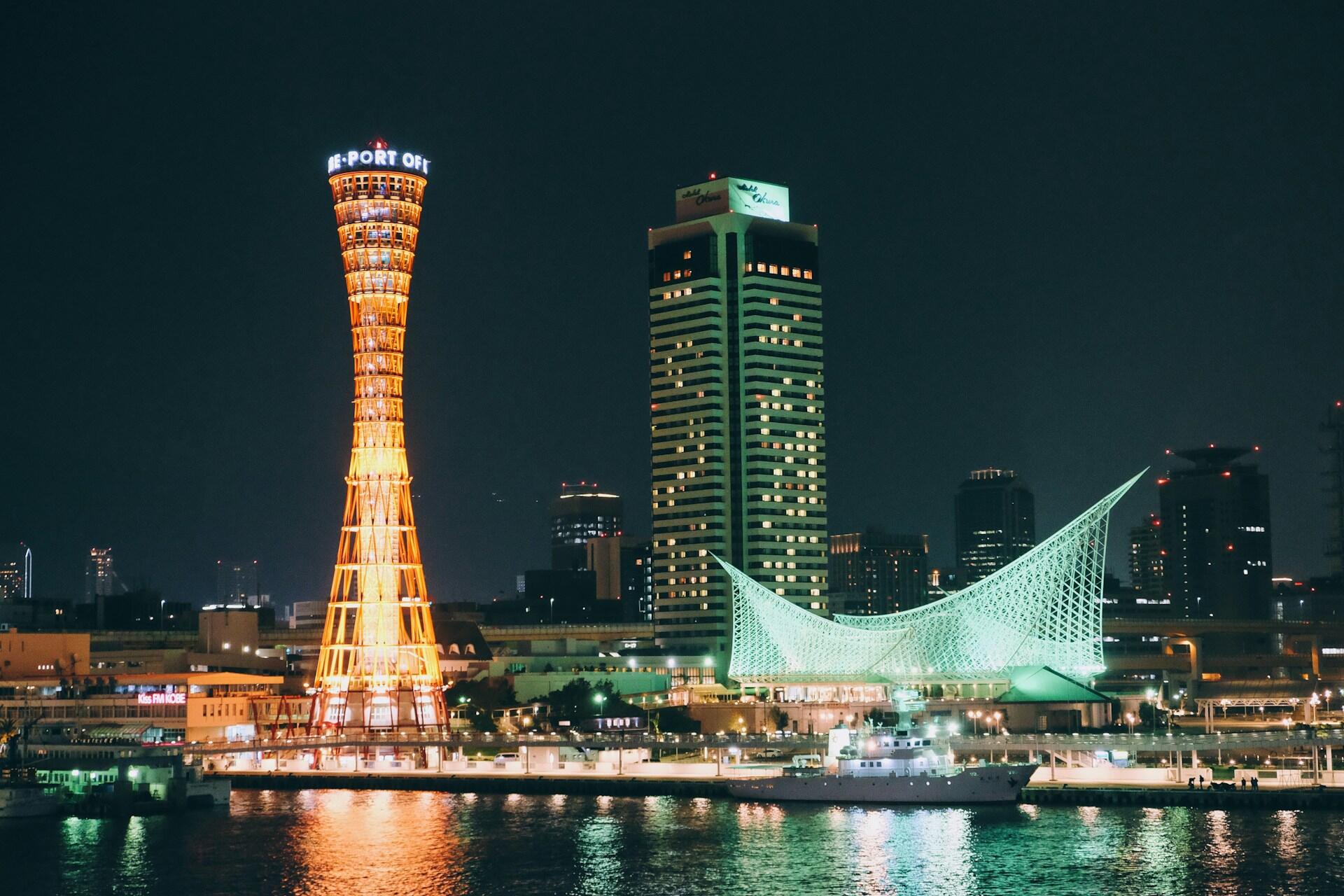
Origin: Japan, 1970s
Meaning: Singing along to backing tracks of popular songs with on-screen lyrics
Where: Found worldwide in bars, private rooms, and at home with machines
Purpose: To make music social, fun, and accessible to everyone
The Origins of Karaoke
Karaoke originated in Japan during the late 1960s and early 1970s. The first prototype of a karaoke machine is credited to Shigeichi Negishi, who created the Sparko Box in 1967. This karaoke machine combined a microphone, an amplifier, and a playback system.
of audio.
A few years later, Daisuke Inoue introduced a coin-operated karaoke machine in Kobe called the Juke-8. This machine quickly gained popularity, and although he never patented it, it created a cultural phenomenon. Around the same time, the Filipino inventor Roberto del Rosario developed and patented the "Sing-Along System", with the Philippines growing its own culture of karaoke parallel to that of Japan.
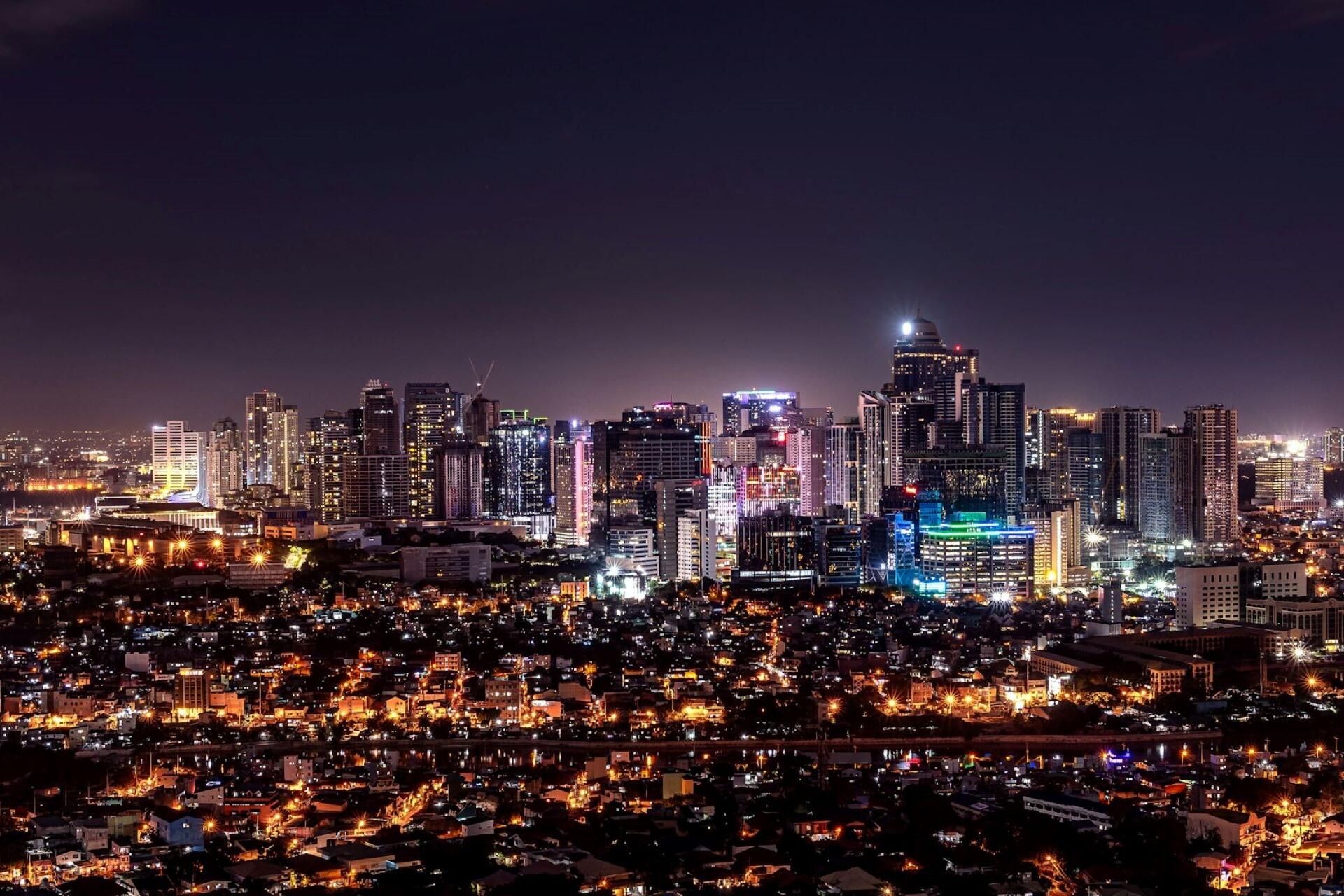
By the mid-1970s, karaoke was a standard part of Japanese nightlife. Bars and lounges set up dedicated karaoke systems to entertain their customers, with this early innovation laying the foundation for karaoke's global rise as both a business and a form of singing entertainment.
How Karaoke Took Over the World
Karaoke spread across Asia in the 1970s and 1980s, eventually reaching the United States and Europe. "Karaoke boxes" or private rooms that groups can book by the hour made the experience more personal. By the 1990s, karaoke had become a global craze, from Tokyo clubs to London bars and Irish pubs.
It's one of the biggest success stories to come out of Japan.
Technology helped, too. Karaoke machines were no longer bulky and modern apps, portable machines, and online streaming platforms have helped bring karaoke into the 21st century. Today, karaoke is a global industry worth billions. Millions of people now enjoy karaoke as a casual pastime and social event.
1967
The Sparko Box
Shigeichi Negishi creates one of the first karaoke-style machines in Japan.
1971
The Juke-8
Daisuke Inoue popularises coin-operated karaoke in Kobe bars.
1975
The Patent
Roberto del Rosario patents the “Sing-Along System” in the Philippines.
1980s
Karaoke Boxes
Private rooms become hugely popular in Japan and across Asia.
2000s to Today
Digital Karaoke
The rise of streaming, YouTube, and karaoke apps makes singing accessible to anyone, anywhere.

Karaoke in Ireland
Karaoke may have started in Japan, but it's also very popular in Ireland. Thanks to the country's love of music, pubs, and lively nights out, it's hardly surprising that Ireland has taken kindly to karaoke. From casual sing-alongs in traditional bars to private rooms in Dublin's dedicated karaoke venues, it's a popular way for people to spend an evening with friends.
Karaoke takes place everywhere from lively Irish pubs and hidden rooms in Dublin’s KTV venues to living rooms at home using apps or machines. Whether you're singing in front of a crowd, privately with friends, or via your smartphone, karaoke brings people together through music.
The rise of KTV-style lounges means you can even book a private space to sing your heart out without having to worry about singing in front of strangers or a crowd. More traditional pubs still host open karaoke nights where anyone can step up to the microphone.

Choosing the Best Songs for Karaoke
There's an art to selecting good karaoke songs. Pop anthems, classic ballads, or guilty pleasures all have their place, but some tracks work better than others. Easy-to-follow lyrics, catchy choruses, and getting a whole room singing won't hurt.
“Dancing Queen” – ABBA (1976)
“Wonderwall” – Oasis (1995)
“Sweet Caroline” – Neil Diamond (1969)
“Livin’ on a Prayer” – Bon Jovi (1986)
“Shallow” – Lady Gaga & Bradley Cooper (2018)
Easy Karaoke Songs for Beginners
Not everyone has the confidence or the ability to sing some of the most popular karaoke songs. If this sounds like you, it's worthwhile to choose karaoke songs for beginners. There are plenty of them, but these are a few of our recommendations.
- Start with easy karaoke songs that have simple lyrics and melodies.
- Choose familiar tracks to avoid scrambling for words mid-performance.
- Energy matters more than perfection. Let the crowd help carry the chorus.
- Trying a duet or group performance can ease stage nerves.
“I’m Yours” – Jason Mraz (2008)
“Shake It Off” – Taylor Swift (2014)
“Call Me Maybe” – Carly Rae Jepsen (2011)
“Umbrella” – Rihanna (2007)
“Hollaback Girl” – Gwen Stefani (2005)

Karaoke at Home: Machines & Apps
If you'd like to do karaoke at home, you'll need a karaoke machine. Luckily for you, there's a whole market for them. There are many factors to consider before purchasing one, but here are some highly recommended machines.
















